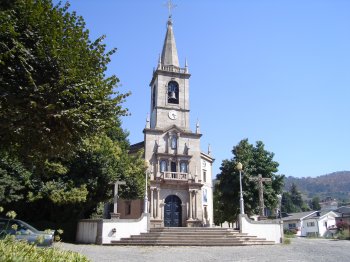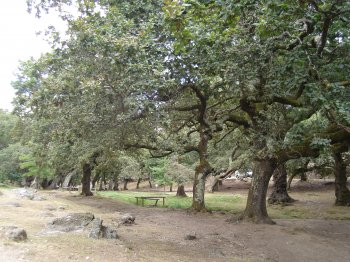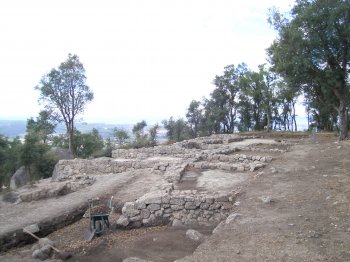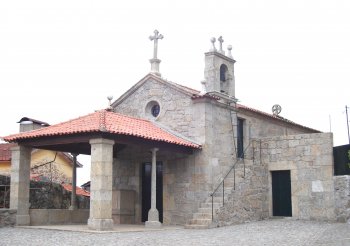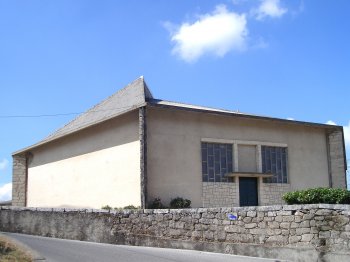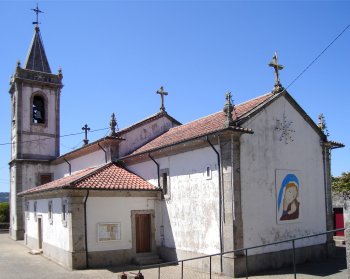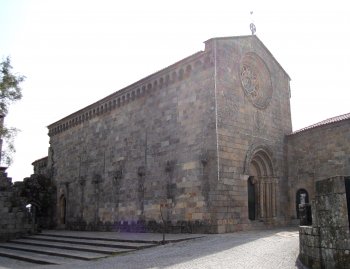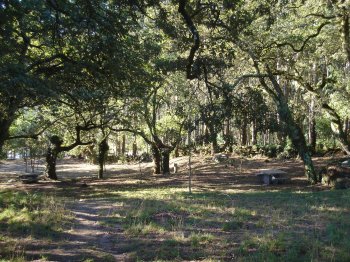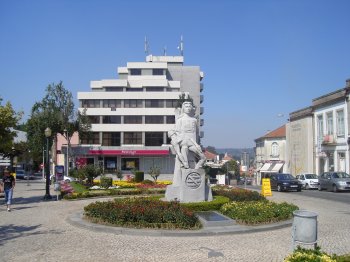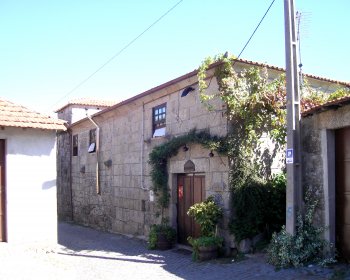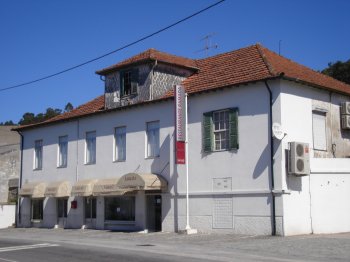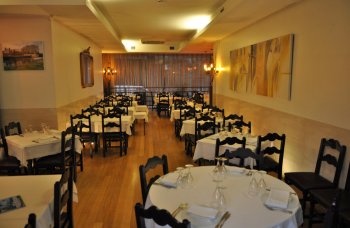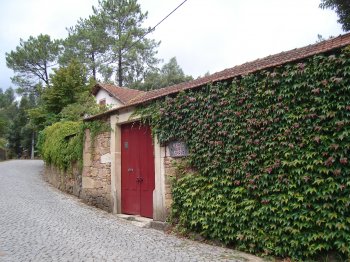Santo Tirso
Addressing the origin of the municipality of Santo Tirso is to highlight the Monastery of São Nicolau, founded in 978, established by Count Dom Henrique, that would later be donated to Soeiro Mendes da Maia and after that to the Benedictine monastery. In addition to the connection to the monastery, archaeological remains from various periods are also evident, namely the megalithic period and the Roman occupation. All these periods resulted in a heritage of great importance for the municipality. The textile industry is the most traditional. Weaving continues to be one of the artisanal activities, in addition to yokes, an agricultural instrument made by some inhabitants. Don't forget to try the municipality's sweets, with special emphasis on the "pastéis jesuítas", "limonetes" and the convent biscuits of Santa Escolástica.
What to do in Santo Tirso
Travel Guide
Up to date tourist information about the city's top attractions
The Best Regional Sweets of Portugal
Is there a better reason to visit a place than to taste a typical sweet? Discover 12 good – and tempting – reasons to k…
Where to eat in Santo Tirso
Portuguese, Regional
15.00 €
A space with a good service that serves typical regional dishes. Good wine list.
Portuguese, Regional
15.00 €
Quaint restaurant with long tables and bench seats. Serves regional Portuguese cuisine.
Portuguese
15.00 €
A space with a good service that serves typical regional dishes. Good wine list.
Fusion, Portuguese
15.00 €
Restaurant serving a fusion of styles and directions, has own halls for weddings and baptisms (800 …
Portuguese, Regional
20.00 €
A restaurant that is over 30 years old, with wood ovens on sight, a fine service and delicious food…
Portuguese, Regional
19.00 €
O restaurante Barreira, em Santo Tirso, é um espaço acolhedor e familiar, com serviço simpático e c…
Where to sleep in Santo Tirso
4 star
It is about 25 miles from the port, this is a refined hotel with good facilities and is the ideal place to stay for business or leisure stays. Offers 68 well-e…
2 star
Hotel very well equipped, with various equipment and services available. It offers 18 rooms, all with TV and telephone.
Integrated into agricultural property in the vinho Verde region, lies this 18TH century farmhouse with granite in its construction. The orchards, the eira and …
Near Santo Tirso
Matosinhos
Traditionally a land of fishermen, Matosinhos is currently much more than that: it is a rejuvenated and forward-looking city that knows how to welcom…
Maia
From a mere dormitory town for Porto, Maia has transformed itself in recent decades into a leading industrial, technological, and business hub in the…
Lousada
The municipality of Lousada, inserted in the region of Vale do Sousa, presents a set of very important Romanesque-style buildings, which you can meet…
Amarante
Amarante is distributed in about forty parishes, 18 of those located along the right bank of the Tâmega river and the others on the left bank of the …

